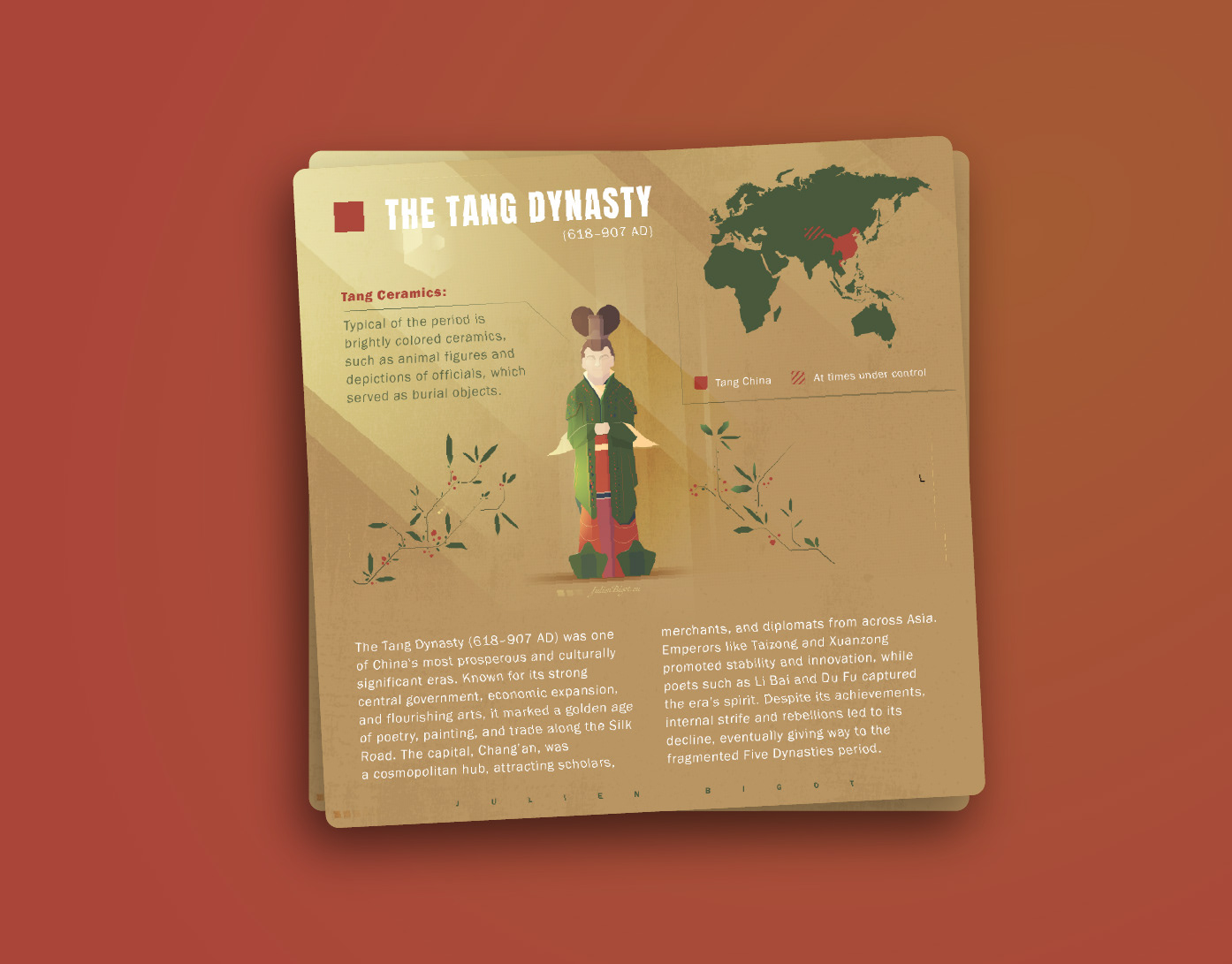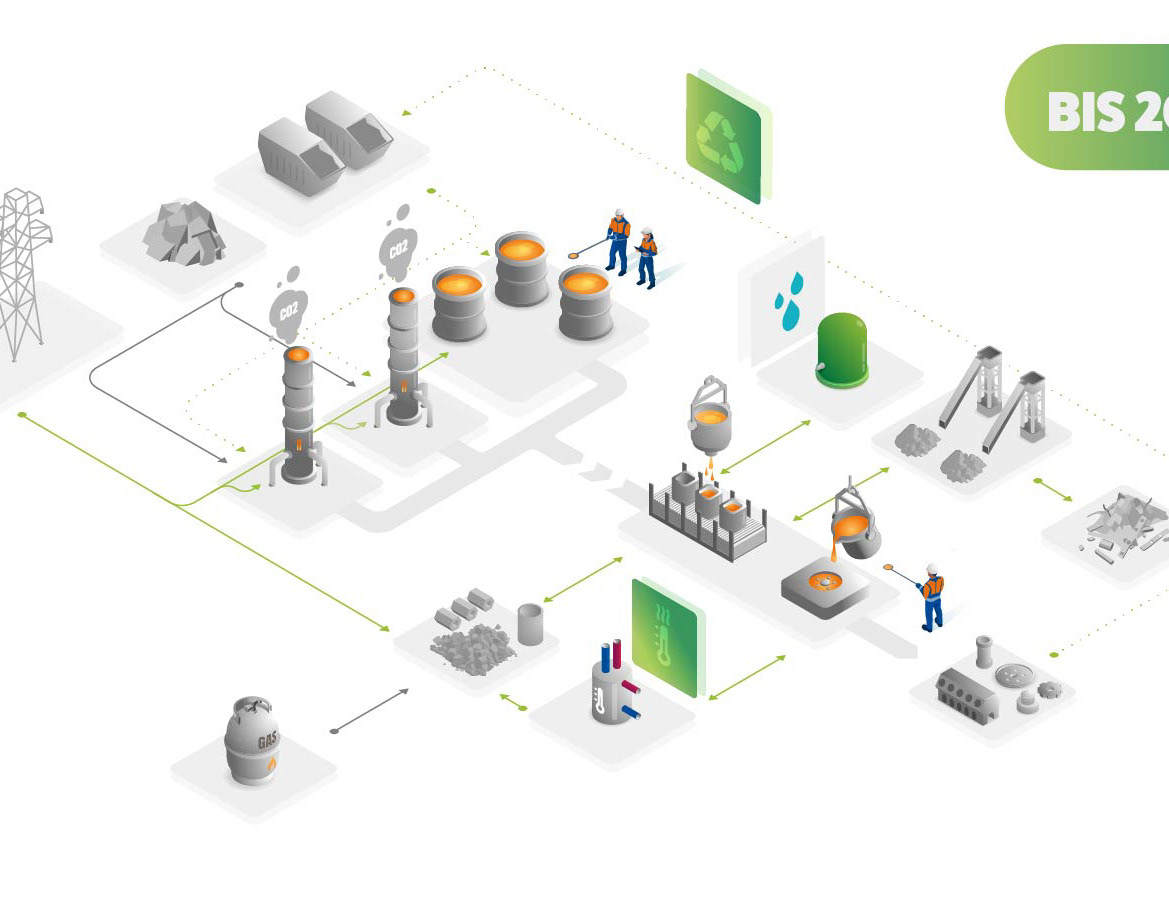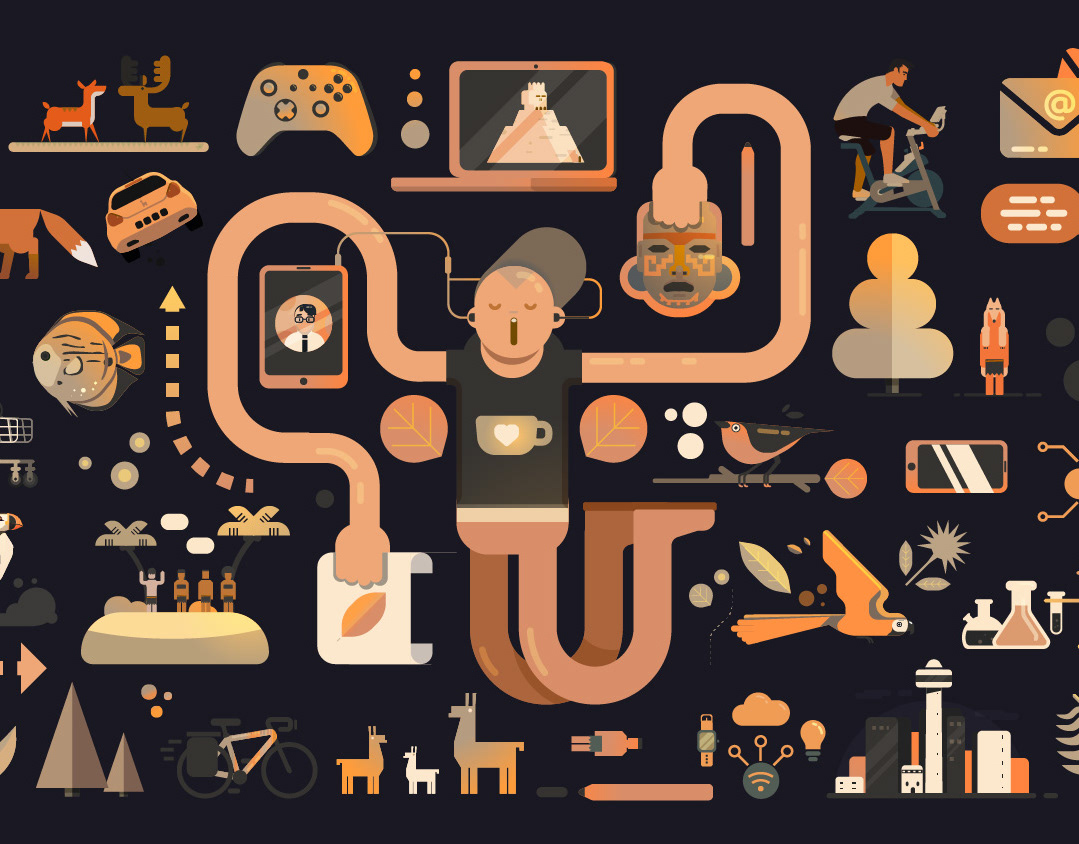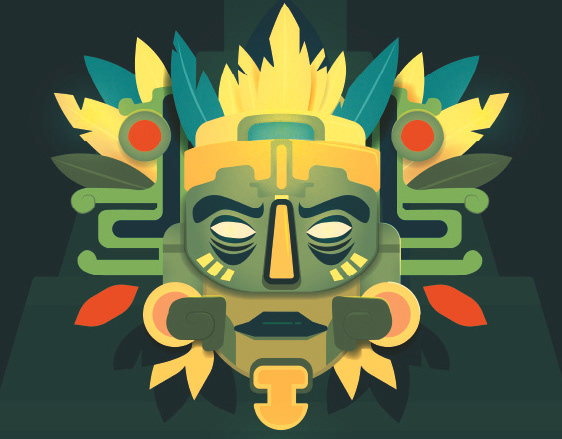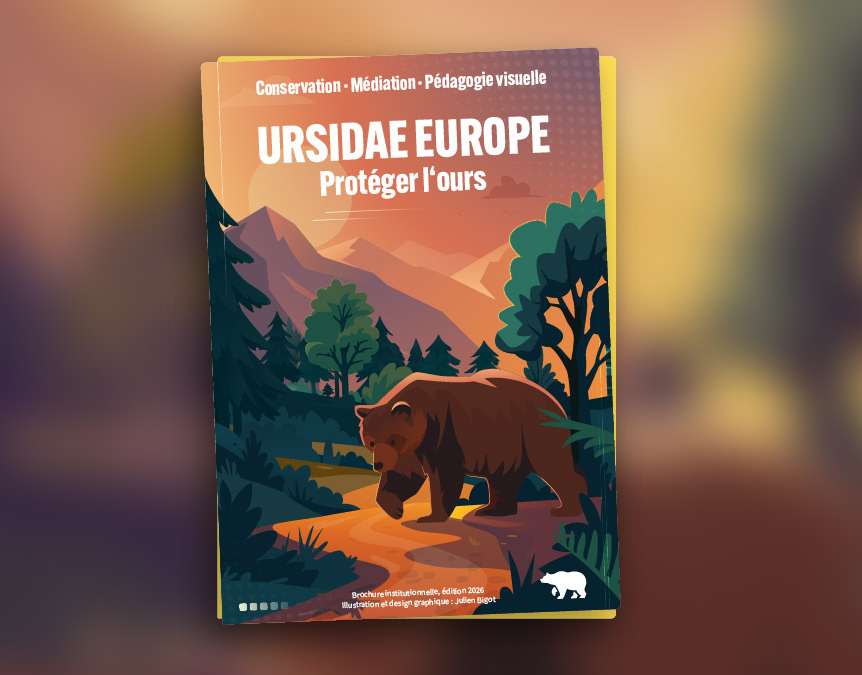Digital illustration | Adobe Illustrator, Fresco
Concept
This project began with a deep fascination for the Phoenicians: a seafaring civilization that once connected the ancient Mediterranean. I’ve always been more inspired by cultures that leave behind symbols, myths, and forms, rather than grand monuments.
The idea was not to reproduce historical imagery, but to create a contemporary illustration that draws from the visual grammar of Phoenician art: stylized figures, symbolic creatures, maritime elements, and ornamental composition.
Cultural background
The Phoenicians were an ancient Semitic people, based in what is now Lebanon, parts of Syria, and northern Israel. Between 1500 and 300 BCE, they became key players in Mediterranean trade, navigation, and cultural exchange.
They also developed one of the earliest alphabets, which eventually influenced Greek and Latin scripts. Artistically, their work blends influences from Egypt, Mesopotamia, and Greece: often featuring stylized animals, divine figures, sea motifs, and decorative patterns.
Research
To build the visual world of the piece, I gathered a wide range of references:
Phoenician amulets and carved reliefs
Fragments of pottery, frescoes, jewelry
Depictions of ships, hybrid creatures, and floral motifs
While I replicated certain elements from historical artifacts, I also paid close attention to structure and rhythm: seeking out symmetry, strong silhouettes, and visual storytelling through symbolism.
Sketch, composition and rework
The initial sketch contained all the core elements I intended to include:
A ceremonial ship, central to Phoenician identity
A winged sphinx, ornamental plant forms, and swirling waves
Human figures, offering gestures, and small symbolic creatures (like a serpent and turtle)
Once the scene was laid out, I reworked the composition to improve flow and clarity. Elements were repositioned to create balance, like moving the turtle to support the upper left space, and patterns were spaced to allow the viewer’s eye to move naturally across the artwork.
Color
The color palette is a key part of the atmosphere: earthy browns, deep greens, and golden tones, chosen to reflect natural pigments, sun-aged materials, and the Mediterranean landscape.
The final illustration uses a flat graphic style with subtle texture and light shading, staying close to ancient aesthetics while giving it a fresh, modern presence.
Final Notes
This work is not a historical reconstruction. It’s a visual interpretation, a piece that merges symbolic ancient art with a contemporary narrative approach.
It reflects my ongoing interest in using illustration to explore overlooked cultures and visual heritage, and how those stories still resonate today.

